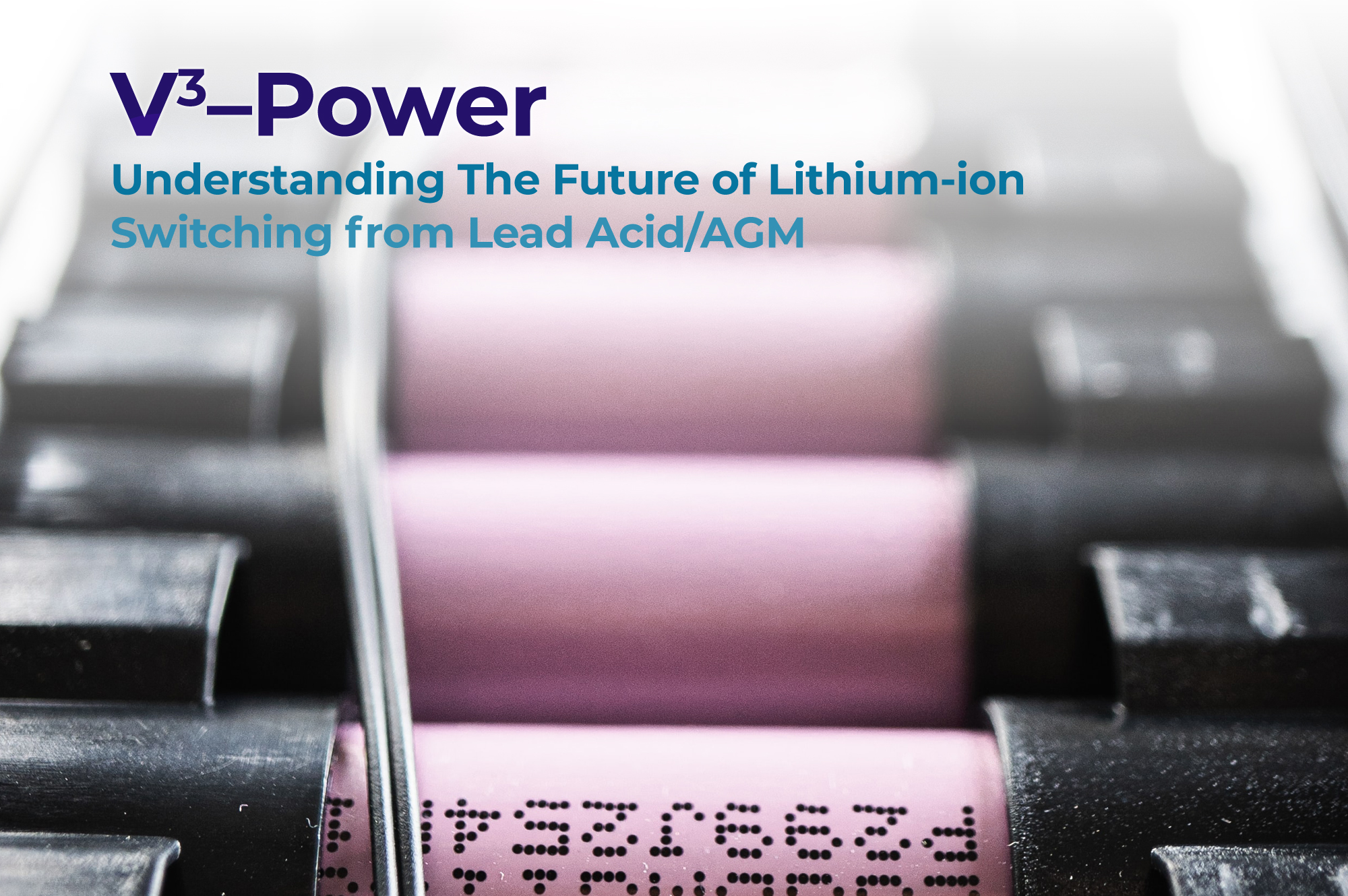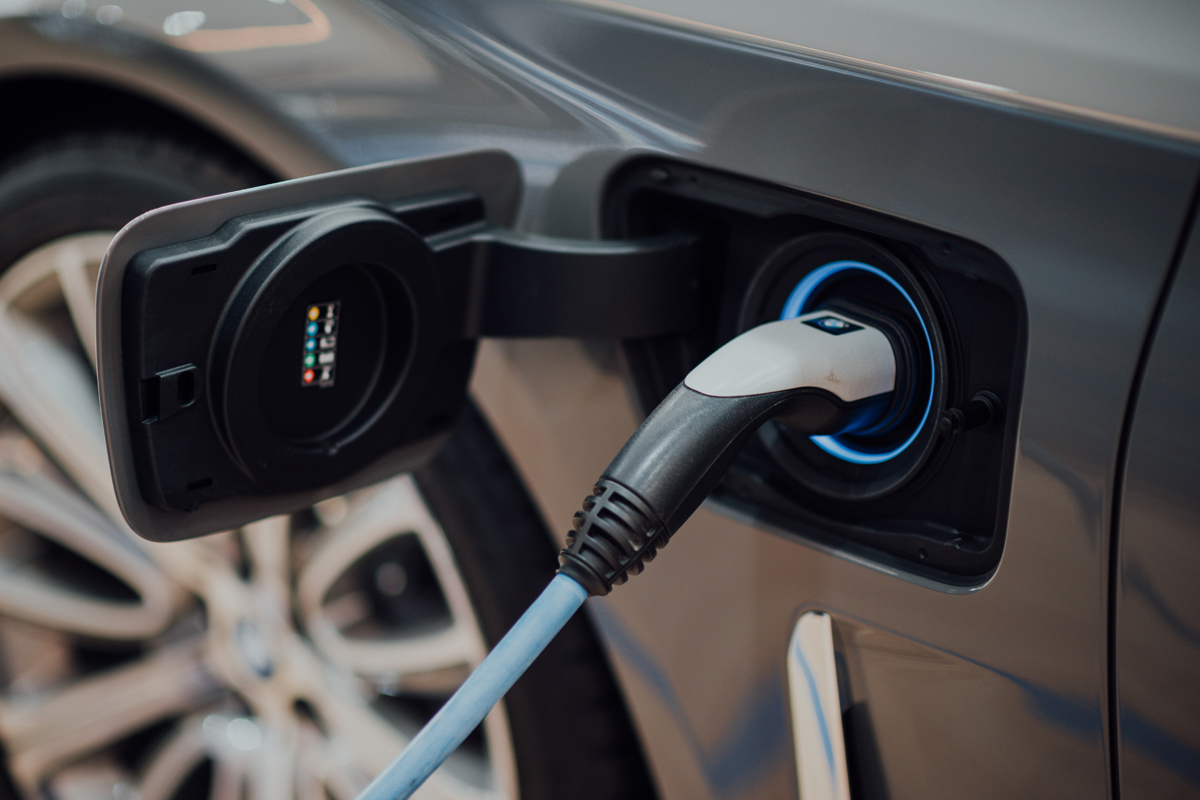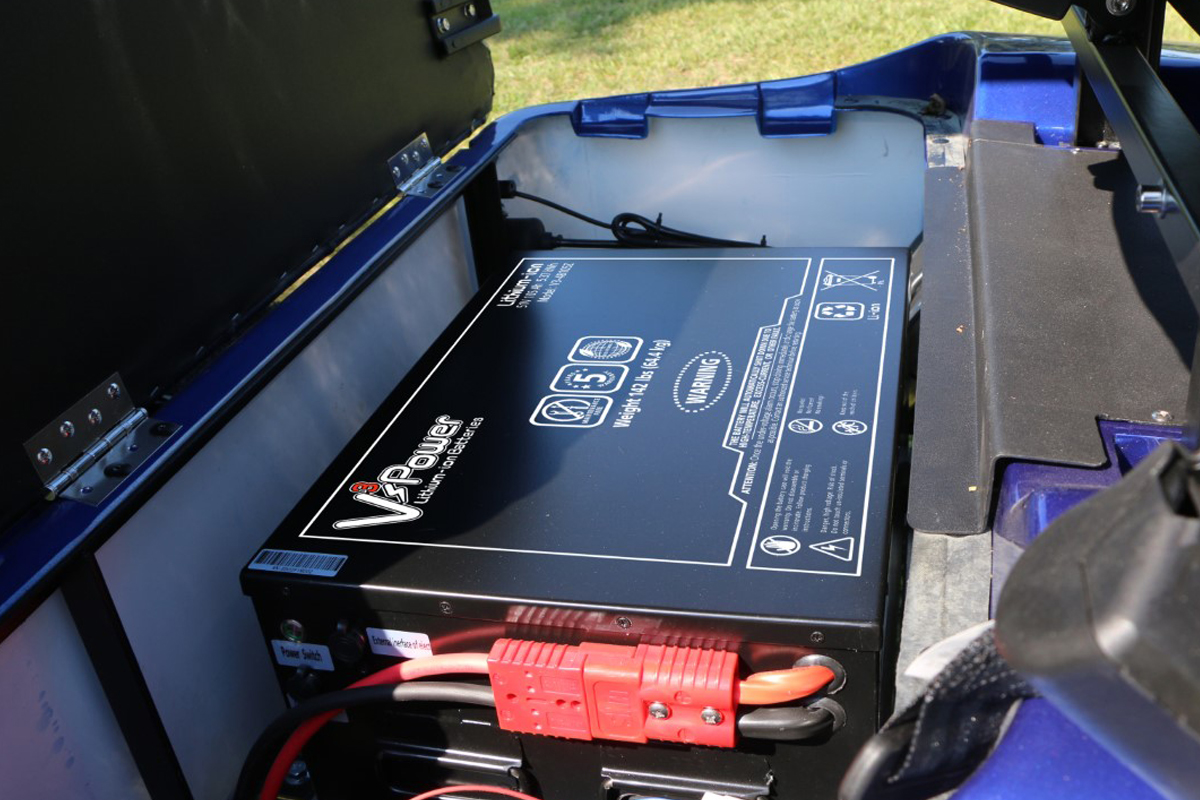
1. What can I use a Lithium-ion V3–Power® Battery for?
You can use a lithium battery for any application that would normally use a single or multiple Lead Acid, GEL or AGM batteries. V3–Power® batteries are commonly used for Marine, RV, Solar, Industrial, Performance, Golf Carts, UV, Mobility, UPS, and custom applications
2. Is Lithium more dangerous than lead acid?
No, it’s safer than lead acid/AGM. Plus, a V3–Power® has built in protection circuits. This prevents a short circuit and has under/over voltage protection. Lead/AGM do not, and flooded lead acid contains sulfuric acid that can spill and harm you, the environment and your equipment. Lithium batteries are sealed and have no liquids and give off no gasses.


3. What do I need to change in my electrical system to run to V3–Power® batteries?
Short answer is nothing! Lithium batteries are typically designed to be used exactly how lead acid batteries are used. Common sources:
- Alternator: Most alternators will sufficiently charge V3–Power® lithium-ion technology.
- Inverter: Set or program the charging voltage to 14.4v – 14.6v to get the best charge.
- Standard charger: A standard battery charger WILL charge V3–Power® thanks to its advanced BMS.
4. What if I have a total loss (non-charging system)?
Our V3–Power® batteries come with charging cables and they work great!
5. What about wet/damp locations?
V3–Power® lithium-ion batteries are sealed but are not waterproof to locations that might get wet or damp. It is highly recommended to place all lithium-ion batteries in a dry lock box to prevent any water damage. These batteries are barely water resistant, however taking these extra precautions will increase the longevity of the battery.
6. Where/How can I mount it?
The batteries can be mounted in any direction, even upside down. Since there is no liquid in them and they are solid the battery will work however you mount them.
7. How do they deal with heat/cold?
Lithium batteries have a larger working temperature than lead acid/AGM. They somewhat effected by extreme heat (over 150F) and cold (below -20F). However, If it’s cold, simply turn on some accessories and the battery will self-warm! If it is hot, just make sure air can flow around the battery.
8. What about these melting lithium cell phone & laptop batteries I saw on the news?
There have been very few of these in relation to how many cell phones laptops there are in the world. Issues have been with the “pouch” style prismatic cell design (limited safety features to make it more compact for electronics). Our batteries use different chemistry V3–Power, have safer cell design (steel encased cylindrical cells), and have an advanced BMS system for extra protection.
"Lithium is not a rare mineral. It’s found in salt-lake brines (the most common source), sediment, clays, hot springs, seawater, volcanic rocks and ash, and other rocks too."
- James Hyerczyk
9. How do I know what size lithium battery I need?
lithium has about twice the useable capacity as a lead acid and AGM batteries. So, if your goal is to get more usable battery time (Amps) then you should upgrade to a battery with the same Amps (or more). I.e. if you replace a 100amp battery with a 100amp V3–Power Battery™, you will get about double the usable amps, with about half the weight. If your goal is to have a smaller battery, much less weight, or less expensive. Then you can replace the 100amp battery with a V3–Power 50amp battery. You will get about the same usable amps (time), it would cost less, and it’s about ¼ the weight. Refer to the spec sheet for dimensions or call us with further questions or custom needs.
10. What is the life expectancy of the battery?
V3–Power can be used for 3000-5000 life cycles. Depending on usage this can be 10 years or more. Lead acid and AGM get roughly 300-500 life cycles before their capacity is reduced substantially. Therefore, even though there is more upfront cost with a V3–Power Battery™, the upgrade saves you allot of money over time.